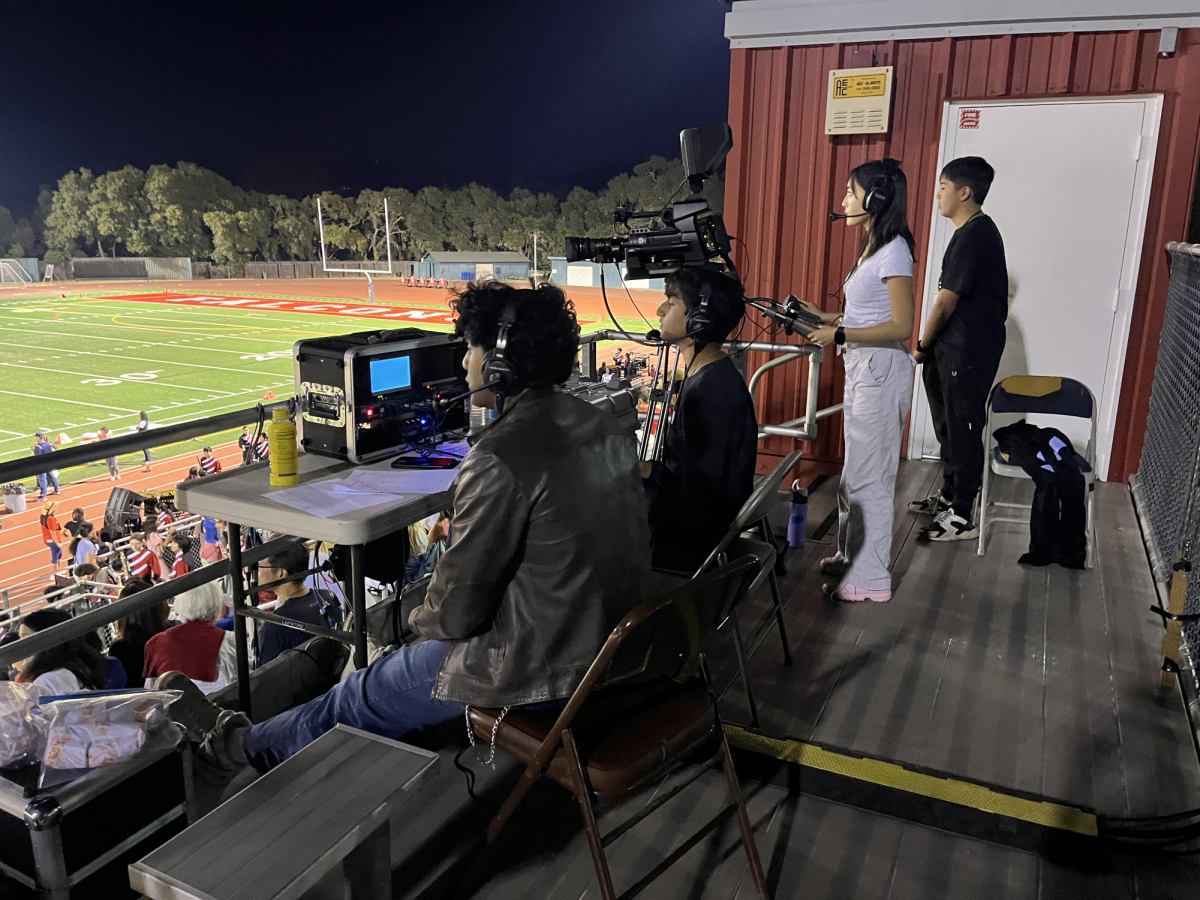In one hour, less than the span of one block period, you can drive to Oakland, the sixth most dangerous city in the U.S according to 24/7 Wall Street. In a mere 25 minutes, the time it takes to drive to Chipotle and back, you reach East Palo Alto, which once had the highest homicide rate in the country.
Despite the proximity of these locations to Saratoga, students often find it difficult to relate to the violence and crime that plagues those cities. However, with the news of the Colorado shooting on July 20 during a showing of “The Dark Knight” and the increased controversy over gun control, students have begun to realize that anything can happen, even in sheltered communities such as Saratoga.
For junior Priyanka Krishnamurthi, the extensive coverage of the shooting brought other lesser-known but equally devastating crimes to light.
“Several articles about the shooting mentioned other crimes which have happened over the past few months,” Krishnamurthi said. “I was pretty astonished to hear about those because I had no clue about any of those events.”
Thus far, Saratoga has not been the site of any well-known crimes, but the image of peaceful serenity was temporarily disrupted last fall when a quarry worker at a cement plant in Cupertino shot 10 individuals, three of whom died.
Even then, Saratoga students only expressed moderate concern; many were even completely unaware of anything out of the norm happening.
“I remember going into psychology class and Mrs. Ridge asked us if anyone went anywhere near Cupertino,” senior Jasmine Tan said. “I was very confused, until I went home and saw the newspaper.”
This lack of awareness creates an illusion of absolute security that students often possess.
While the crime rate index for Saratoga is only 496.07 in comparison with the USA average, 1776.27, according to USA.com, random violent incidents have still occurred here. For example, on Jan. 15, 2011, a murder-suicide in Saratoga by the El Paseo De Saratoga Shopping Center left two men dead next to Peet’s Coffee. According to KTVU, witnesses stated that one man shot the other, and then killed himself shortly afterward.
Student ignorance can be attributed to their lack of interest in important local news, choosing instead to spend time on Facebook and other social networking sites.
“I don’t know anything unless it is on Yahoo! News or Facebook,” sophomore Audrey Sun said. “Facebook is like my newspaper. Aside from big events, I’m not aware of any crime that happens.”
The mental impression of Saratoga’s isolation from the outside world may also contribute to a false image of safety.
“Generally, in our heads, we place a large moat between us and everywhere else so that the proximity of these incidents is severely diminished,” senior Johnny Chang said.
Chang attributes the “mental moat” to the socioeconomic status of Saratoga. According to Chang, being in a higher economic strata than neighboring cities can cause students to separate themselves from the conditions of other cities.
Nevertheless, students have begun to attempt to open their eyes to violence after realizing just how dangerous the world outside of Saratoga can be.
“When [students] grow up and experience the real world by themselves, they will be shocked by how much crime and violence they see,” junior Erica Tran said.
Tran believes that being more aware of one’s environment and community early on is beneficial for dealing with violence and crime later in life. Freshman Stephen Law agrees.
“Sometime in your life you will encounter a situation with crime or violence and you have to be prepared and ready for such a thing to happen,” Law said.




























